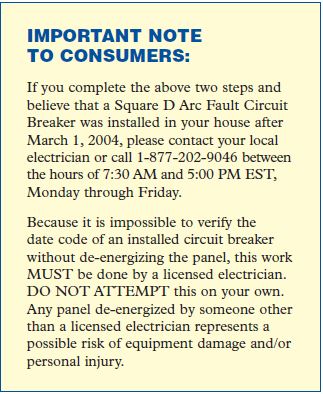Does Square D-Model QO recommend or require antioxidant paste on the AL wire breaker terminations?
It is not the breaker MFG that would dictate that. It is the wire manufacturer or just basic standards. Yes, aluminum wire terminations should have an anti-oxidant paste applied.
If terminating a conductor with a set-screw connector, the bare conductor should be wire brushed and
an oxide inhibitor applied to the bare conductor. The
screw should then be tightened using a torque wrench
or torque screwdriver. Using these tools will insure that
the connection is tightened to the torque value recommended by the connector manufacturer. Over tightening the screw can be as detrimental to the long-term
performance of the connection as a loose connection.
Many electricians believe that “the tighter the better.”
Unfortunately, over tightening can lead to damaged
conductors and connection points
Time to update your library. That is a 2006 article.
The NEC does not require anti-ox.
The AL manufacturers recommend but no longer require it.
The panel manufacturers do not require it.
The wire compound has changed, and with it, the requirements for use of anti-ox. The proper torque is most important. That being said, this really applies to newer construction. With older homes, the previous issues with the older AL conductors would still be an appropriate call out.
Although it may be cheap insurance it is not required.
Rob
Your thoughts on Square D’s comment?
Think that they meant using NFPA 70E or OSHA Regulation 29 CFR 1910.331?
Can you put this in context, where is that note from and what is its purpose?
Found it